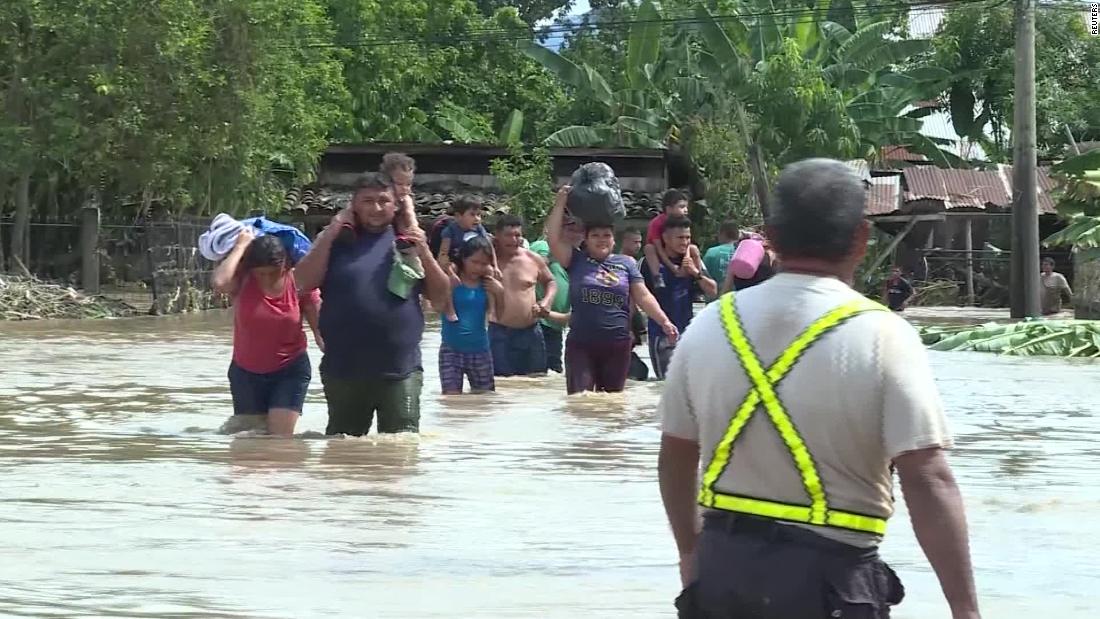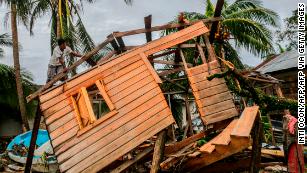Tropical Storm Iota forms and threatens storm-ravaged Central America
There continues to be no end in sight for the 2020 Atlantic hurricane season.
The calendar says it's mid-November, but the third storm of the month has formed and it's already expected to bring significant problems to portions of Central America that were devastated by Hurricane Eta just last week.
Tropical Storm Iota was named by the National Hurricane Center (NHC) Friday afternoon. Iota is the 30th named storm this year and the ninth Greek name to be used in this historic hurricane season.
Iota is currently passing about 300 miles south of Jamaica as it moves off to the west-southwest at 3 mph.
While the system is currently just a minimal tropical storm with 40 mph winds, the NHC expects the storm to become a hurricane over the weekend.
"Environmental conditions of low vertical wind shear, warm sea surface temperatures, and a moist atmosphere favor intensification over the next few days," the NHC said.
Iota will likely spend the next 24 hours consolidating and becoming better organized, but once that happens steady-to-rapid strengthening is expected and "the forecast now calls for the system to be a major hurricane when it approaches the coast of Central America," according to NHC.
A major hurricane is the last thing that this region of the world needs, after Hurricane Eta slammed into Nicaragua at a Category 4 hurricane on November 3rd. The storm then crawled through Central America dropping 25 to 30 inches -- even 40 inches in some cases -- of rainfall in Nicaragua, Honduras, Guatemala, and Belize.
While there is some uncertainty about the exact path that Iota will take, it is likely to be moving fairly slowly as it impacts Central America early next week.
Regardless of the exact path, the NHC is already warning that the system "has the potential to produce 20 to 30 inches of rain with a focus across northern Nicaragua and Honduras."
"This rainfall would lead to significant, life-threatening flash flooding and river flooding, along with landslides in areas of higher terrain," they continued.
Central America devastated by Hurricane Eta
The true damage from Eta likely won't be known for a while. But a powerful storm combined with the worst pandemic in 100 years will likely be remembered as one of the worst natural disasters to ever hit the region.
More than 3.6 million people across Central America have been affected to varying degrees, according to the Red Cross. "We are talking about a huge impact across the region," said Santiago Luego, of the Red Cross.
Even before the storm, Nicaragua, Honduras, and Guatemala had poor public health systems that were struggling in the fight against Covid-19.
With thousands in shelters, and social distancing hard to do, many fear that Covid-19 will spread.
Local hospitals will now face the additional burden of combating other illnesses related to the storm and the flooding, from dengue to cholera to yellow fever.







.jpeg)
Comments
Post a Comment